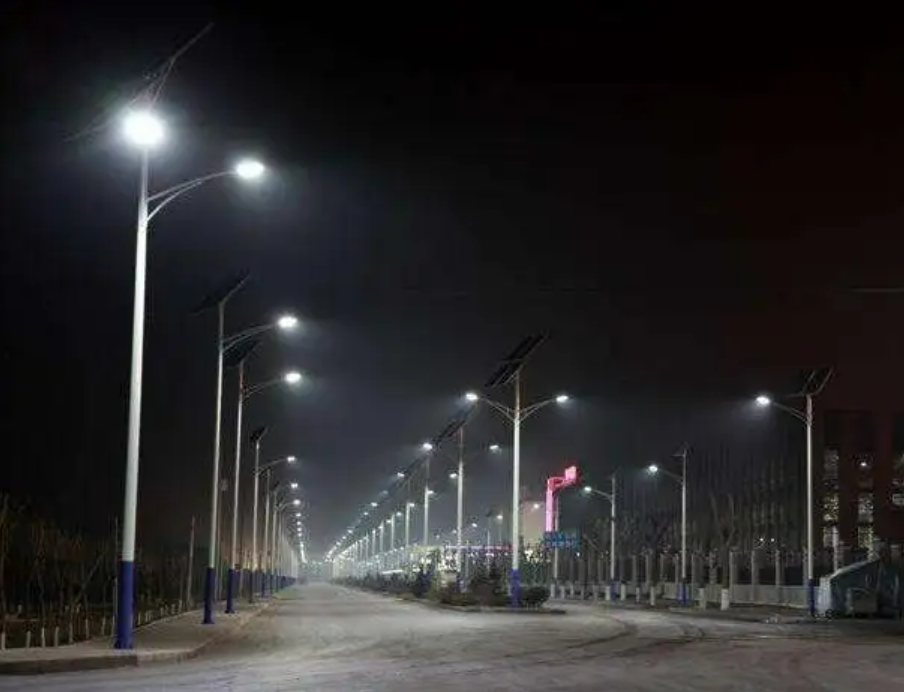In recent years, with the enhancement of people’s awareness of green and healthy lighting, more and more people have begun to pay attention to and buy LED lights.
Here We Teach You How to Choose a Healthy LED Light
1. Look at The Chip
The chip is the core light-emitting element of the LED lamp, and the luminous efficiency and color rendering index of different brands and types of lamp beads are different.
Most lamps on the market now are single-crystal chips, and integrated chips are also called COB chips, which are more efficient than single-crystal chips.
Therefore, when purchasing, you should choose a long service life, a relatively high luminous efficiency, a color rendering index, and a range of application COB chips.
2. Look at The Brightness
It is a big purchasing misunderstanding.
When purchasing LED lights, many consumers mistakenly believe that the higher the brightness, the better.
Excessive light is like the dazzling sunlight at noon.
It will injure eyesight and also affects physical and mental health.
Therefore, when selecting lamps and lanterns, it is necessary to combine the area and environment of the application site and refer to the luminous flux index and color temperature of the product to purchase suitable lamps.
For example, try to choose lamps with a color temperature of 3000K in the bedroom, which are not eye-catching.
In the living room, you can choose lamps with a color temperature of more than 4000K, which are brighter.
Of course, you can also choose a plan that combines different color temperatures in the same space to enhance the sense of hierarchy of the space.
3. Look at The Color
Looking at the color rendering index is to see the reality of the color reproduction of the object under the light.
Generally, the color rendering index of lamps and lanterns is better than 80LM.
The higher the color rendering index, the higher the reduction degree of objects under the light.
4. Look at The Heat Dissipation Information
Since heat is generated during the lighting process of the bulb, the bulb must have good heat dissipation performance.
The heat dissipation materials of light bulbs are generally aluminum, ceramics, and plastics.
When purchasing, it is best to choose bulbs made of aluminum or ceramic materials. And try not to consider plastic materials to reduce the probability of risk.
5. Look at The Light Bubble Shell
The light bulb shell is commonly known as the lampshade of the light bulb.
This part of the raw material affects the light transmittance, glare, and light and shadow lighting of the lamp.
The LED ball bubble shells on the market are generally mainly made of PC and glass. Among them, glass has the highest light transmittance, better light transmission performance, and better uniform light shape, which can reduce glare and light spots. But the disadvantage is that it is fragile.
Most bulbs use PC materials, the light transmittance is slightly weaker, and the inferior PC cover is easy to age and turns yellow after long-term use.
Solar energy is one of the new energy sources with strong potential.
Due to the characteristics of green energy saving and environmental protection, various solar energy products are constantly being developed.
Among them, the most common ones we see are solar streetlights.
The solar street light market is mixed, and the industry is not standardized. Many consumers want to buy but have no idea where to start.
Eagle New Energy Technology Co., Ltd Will Introduce Some Purchase Suggestions to You.
1. LED Light Source
Nowadays, many solar street lights use LED lamp beads, but it is not that the more the number of lamp beads, the better.
The higher the power, the brighter it is.
Secondly, it is necessary to judge whether there is a stroboscopic flash failure.
The most direct method is to take a mobile phone and record it.
Screen to see if it keeps flashing.
In addition, if you choose a 30W solar street light, you require a 60W solar street light panel and battery. The result is wasted and useless resources and money.
If you choose a high-power light source to save costs. Small solar panels and batteries will lead to insufficient or excessive during the day.
And cannot provide good lighting at night and on rainy days, which will seriously affect the user experience.
2. Solar Panel
Solar street light panels generally have two types: monocrystalline and polycrystalline.
Now monocrystalline price on the market is often higher than that of polycrystalline.
The most direct way is to look at the solar panel size.
The larger the panel area, it will the better.
Of course, pay attention to the blank part.
3. Battery
Batteries are a significant part of solar streetlights.
Generally, there are three types of lead-acid, lithium, and gel batteries. Different varieties have different applications.
Nowadays, colloidal and lithium batteries are widely used, which are small in size, convenient, fast and energy-saving.
It is directly fixed under the solar panel and placed directly behind the led street light head, thus improving its safe use factor.
The cost of lithium batteries is higher than the other two, so you should choose according to your needs.
4. Light Pole
Solar street light poles generally need to consider both height and shape. The height will affect the price.
The more complex the process, the more expensive.
Of course, in some special areas, such as coastal areas, you should choose the anti-corrosion and windproof solar street light.
Height classification is based on the desired solar streetlight height.
Due to the height difference, the thickness of the Q235 galvanized pipe is also different, and the price is also different.
Solar streetlights are 6m, 7m, 8m, 10m, and 12m.
Streetlights with a thickness of 6-8 meters are used in conventional areas, and the general thickness is 2.5 mm.
As long as the ground cage embedded parts are reasonably constructed and have certain wind resistance, 10mm, 18mm, and 24mm, the corresponding price will increase accordingly.
For example, in residential areas, or on four-lane, two-lane, and country roads, 5-6m and 7-9m solar street lights are sufficient.
5. Controller
The poor quality of the controller will lead to over-discharge. The result of over-discharge is that the lighting time cannot meet the requirements, which will cause greater damage to the battery.
6. Resist the Number of Bright Days on Long Cloudy, and Rainy Days
Solar streetlights can achieve continuous rainy days for only 3-7 days.
But there will still be some companies through continuous technical efforts, will make the solar street light products produced by them can resist the number of bright days in long cloudy and rainy days.
The above details about healthy LED lights and solar street lights buy guide are shared here.
If you want to know more about LED lights, please feel free to visit our website at www.enetcl.com
Directly Contact Email: sales2@enetcl.com
My WhatsApp/WeChat: +86 15989501077



